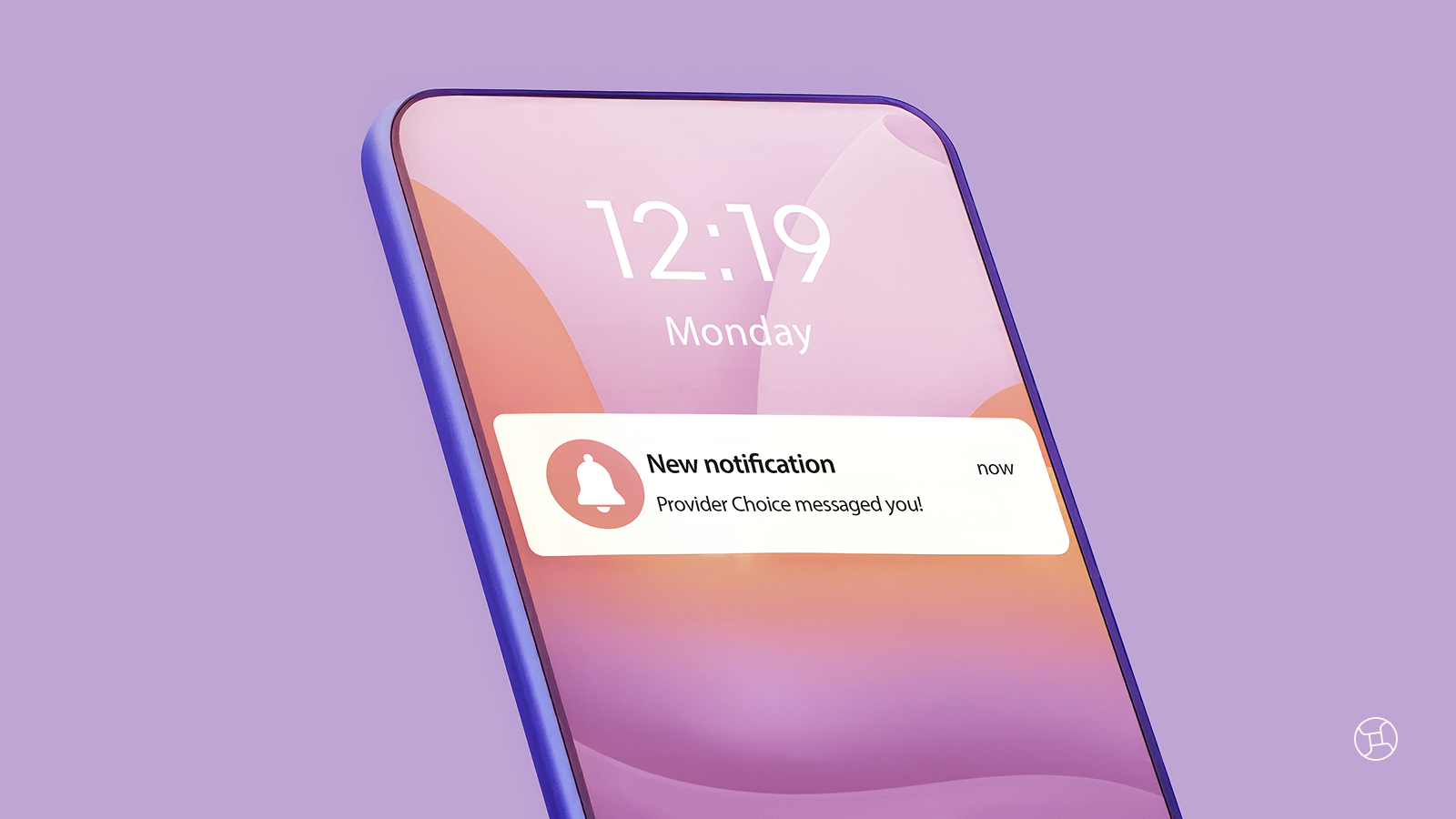The latest NDIS Quarterly Report was released on February 8 2022. With 544 pages covering data from Oct - Dec 2021 , here at Provider Choice we thought we’d do the heavy lifting for you and paint a picture of everything you need to know: by numbers.
How many participants in the scheme?
The scheme now has over half a million Australians receiving NDIS funding, which means it covers almost 2 per cent of Australians.
- Total participants: almost 515,000 participants as of Dec 31, 2021
- This quarter: more than 20,000 new plans
Support Coordination by numbers
Q2 saw 51% of new plans across Australia contain funding for Support Coordination. Across states and territories, though, this looked a bit different:
%2520(2).png)
41% of all plans contained funding for Support Coordination (211,000). Again, there were variations across the states and territories:
%2520(3).png)
Management of plans are as we expect
The shift away from the Agency and towards plan management continues as expected. This quarter almost 60% of newly approved plans contained plan management.
This quarter
- Plan-managed: 59% of plans
- Self-managed fully: 19% of plans
- Agency-managed: 14% of plans
- Self-managed partly: 8% of plans
Overall
- Plan-managed: 53% of plans
- Self-managed fully: 22% of plan
- Agency-managed: 17% of plans
- Self-managed partly: 8% of plans
Painting a portrait of participants
How old are they?
The NDIS continues to get younger, as more children with developmental delays, and autism enter the scheme.
-png.png)
-png.png)
Their primary disability
Autism remains the most common primary disability in the scheme. The increased number of children entering the scheme is driven largely by children with developmental delay.
-png-1.png)
-png.png)
Looking ahead
The quarterly report shows that at the end of 2021, the scheme has certainly moved into a more mature state.
People from state based systems have all transitioned across to the NDIS, and many of the new participants entering the scheme are newly diagnosed children
Plans are also changing, with Support Coordination and Plan Management increasingly being funded. This is a result of a greater awareness of these services and their benefits.
These trends are likely to continue going forward.
For the full quarterly report, view it on the NDIA website here.
If you're interested in learning more about current trends shaping Support Coordination and the NDIS landscape, check out our most recent on-demand webinar from February 2022 which explores everything you need to know about Support Coordination and Psychosocial Recovery Coaching this year and beyond. Watch the webinar here >>
.png)



